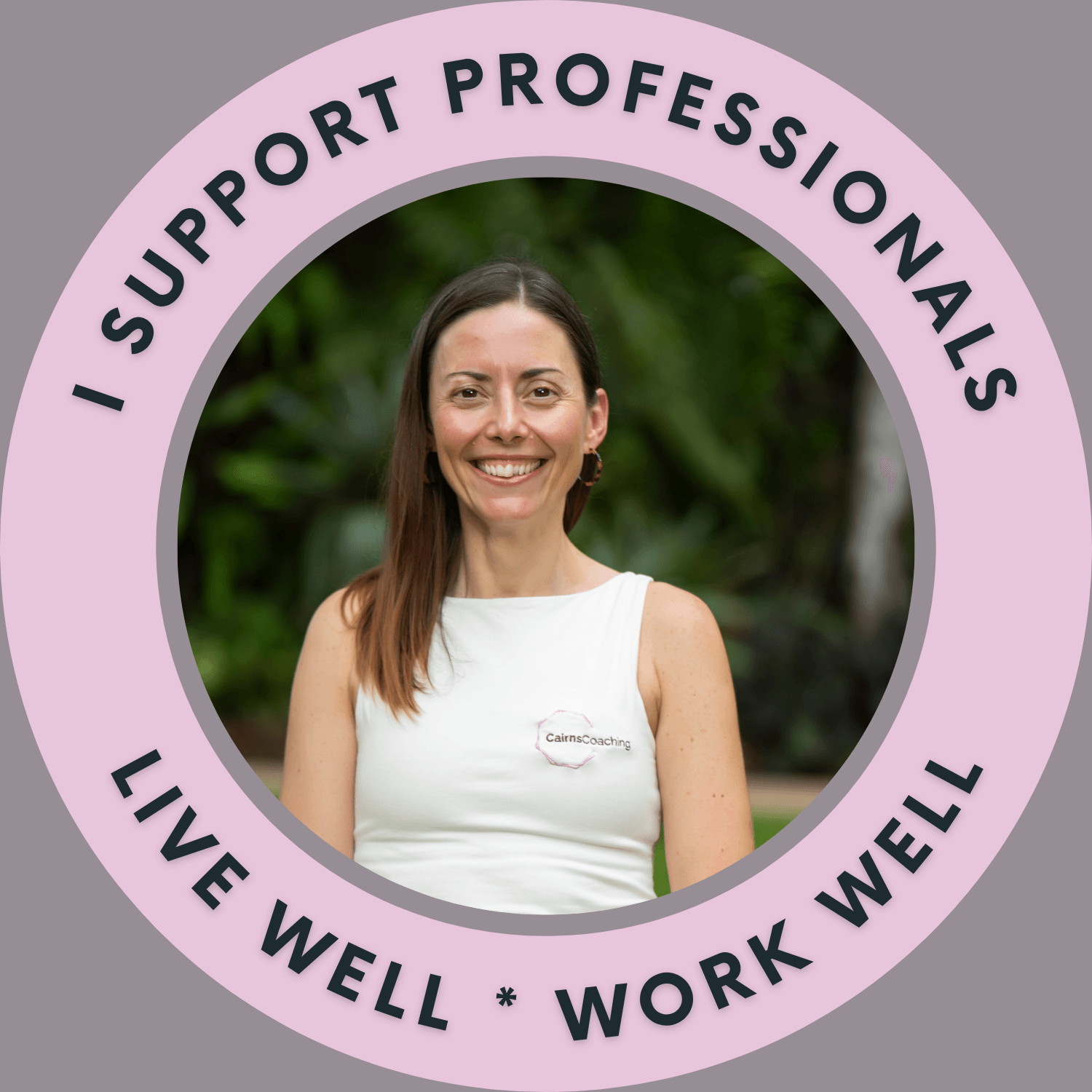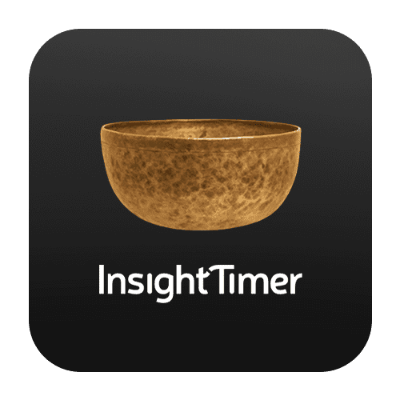Am I burning out? What to Watch For and What You Can Do
"Am I burning out?"
It’s a common question people ask themselves when they start feeling overwhelmed, tired, and they're making more mistakes than usual at work.
Burnout is caused by chronic occupational stress, and an imbalance between the demands of our role and our resources.
We’ve got too much to do, not enough resources, and it’s affecting us negatively.
If that sounds like you, this article is for you.
Burnout is caused by chronic occupational stress, and an imbalance between the demands of our role and our resources.
The s-bomb
Stress isn’t a word we like to use. Most of us will say we’re “busy”, “under the pump”, or “juggling a lot”. High performers especially pride themselves on being able to do it all, and often do. But even though you are capable, smart, and resilient, you can still be on the early path to burnout.
Burnout doesn’t hit lazy people. It’s the high achievers, the top performers, the people everyone relies on who are most vulnerable. And because you’re capable, you tend to push through, ignore the signs, and keep going… until your body forces you to stop.
The good news is that burnout is predictable and can be avoided. The early signs are loud and clear if you know what to look for. When you catch these signals – in what I call the activation zone - you can reverse the downward spiral long before it turns into chronic stress or full-blown burnout.

Here are the early signs, and what you can do about them.
1. Poor Sleep, Persistent Fatigue, and feeling exhausted
You’re more tired than usual and you tire quicker than usual. You wake up tired. You feel like you’re dragging yourself through your day. You wake up tired, no matter how much you rest. You rely on caffeine or sugar to stay alert. Even weekends don’t feel restorative.
Burnout is often linked to disrupted sleep patterns, fatigue, and physical symptoms: your nervous system is stuck in “fight or flight” mode and it’s taking all your energy.
What you can do:
Keep a consistent sleep routine: same bedtime, same wake time.
Reduce stimulation before bed (no screens 60 minutes before, dim lights, gentle music...).
Support your body throughout the day: regular breaks, hydration, healthy meals, movement, avoiding alcohol, and sunlight exposure.
Important
You might also consider a check-in with a registered medical practitioner. Iron, vitamin D, thyroid function, and B12 can all contribute to fatigue and anxiety.
2. Physical and Immune System Changes
You’re getting more headaches. You’re catching every cold. You feel tension in your shoulders, jaw, or back. When stress builds up in the body, it shows up as tight muscles, clenched jaws, and tension headaches or migraines. Stress hormones suppress immunity, and the body starts showing what the mind ignores.
This is the body saying, “Hey, something needs attention”.
What you can do:
Get up and move your body at least every 45–60 minutes (try “Scirocco Take a Break” to stay on track).
Stretch your neck/shoulders throughout the day (ask a physio for the right exercises for you).
Try a self-massage on your face, neck, shoulders, and temples.
These short resets have a direct relaxing effect on your body.
Release pressure before it becomes pain.
3. Reactivity, Irritability, and Negative Thinking
You’re more impatient, snappy, or tearful than usual. You might have emotional “meltdowns” or find yourself thinking, “What’s the point?” Negativity creeps in about work, others, or yourself.
Chronic stress narrows your “window of tolerance,” increasing emotional reactivity and reducing your ability to respond calmly or think clearly.
What you can do:
Pause before reacting: take a slow exhale and/or say, “Let me get back to you.”
Name what you’re feeling. This lowers amygdala activity (your stress “alarm system”) and calms your body.
Build in daily decompression time: walks, journaling, meditation, or a screen-free drive home.
Reduce stressors as much as possible (news, social media, tasks...)
4. Drop in focus and performance
You’re working longer hours but getting less done. Mistakes creep in. You can’t find your focus or flow. You reread the same sentence five times and still don’t retain it. Perhaps you call it “brain fog”, and you might start feeling ashamed and criticising yourself “Why can’t I just get it together?”
This is cognitive fatigue: your brain is overloaded. Reduced personal accomplishment (the sense of inefficacy) is one of the three core burnout dimensions, and it begins here.
What you can do:
Simplify your workload: review priorities with your manager or team.
Delegate wherever you can. Ask for help, and accept help.
Take micro-breaks every hour. Movement and breath resets your brain’s focus system.
5. Withdrawal and detachment
You cancel plans. You isolate. You stop caring about things you used to enjoy, and you are “losing your spark”. This is emotional exhaustion showing up as self-protection: your brain is trying to conserve energy.
Left unchecked, it turns into cynicism and full detachment -> burnout.
What you can do:
Stay connected in small, manageable ways: send a message, go for a short walk with a friend.
Reflect on what used to energise you and reintroduce it gently. You will thank yourself later.
Ask for help early: speak to your manager, mentor, or coach about what’s feeling too much.
Overwhelm is a sign your internal resources are dropping below the demands placed on you.
Seek support early
Sure you can do a lot on your own, but you shouldn’t do it alone.
Speak to your doctor, therapist, coach, or any professional who can support you.
If you’re employed, book a conversation with your supervisor. Explain your workload, your capacity, and what support you need. Burnout prevention is a shared responsibility.
If you’re self-employed, have an honest look at your workload. Decide what can be reduced, delayed, paused, or dropped altogether so you can operate sustainably. Talk to another business owner who can inspire you, or talk to a business mentor or coach.
In Queensland, there is heaps of support for small business owners.
Visit this website: https://www.business.qld.gov.au/running-business/support-services/programs-networks/support-network
You don't have to do this on your own.
Awareness is your starting point
Make journaling or voice memos part of your daily routine. Track what energises you, what drains you, and what patterns you notice. Awareness creates clarity, and clarity drives change.
I can help
I deliver keynotes and workshops on burnout prevention for workplaces, teams, and leaders. If you’re an employer and you value someone who is showing early signs of burnout, you can sponsor a coaching package to support them.
And if you’re an individual navigating this yourself, I offer coaching support. If finances are a barrier, I can help you access funding options.
You don’t have to wait until you crash to start feeling better again.
Catch the signs early, take practical action, and you can absolutely prevent burnout.
You’ve got this!


Sources & References
World Health Organization. (2019). Burn-out an “occupational phenomenon”: International Classification of Diseases (ICD-11).
American Psychological Association (APA). (n.d.). Stress and cognitive performance: Effects of chronic occupational stress on attention, memory, and emotional regulation.
National Sleep Foundation. (2023). Sleep, fatigue, and stress: How chronic stress disrupts circadian regulation.
Harvard Business Review. (2021). When stress becomes burnout: How chronic workplace demands reduce focus, creativity, and performance.
McEwen, B. S. (2017). Neurobiological and Systemic Effects of Chronic Stress. Chronic Stress, 1(1), 1–11. https://doi.org/10.1177/2470547017692328

About the Author

Hi! I’m Sophie, and I’m so glad you’re here.
I help people prevent burnout and rebuild sustainable energy, habits, and mindset - one small, practical change at a time.
You have the power to improve your life and to be happy, healthy and productive in both work and life.
I’m here to help you do exactly that.

Other Recent Articles - All Categories
✨ Because thriving people create thriving workplaces ✨
Every edition delivers:
• Quick mindset shifts + self-care practices you can use today.
• Insights and tools leaders and HR managers can bring into the workplace.
• A ripple effect: healthier, happier professionals → stronger teams → better results.
📩 Sign up to my inspiring and helpful newsletter.
I work with integrity and respect your privacy. Your details are safe with me. You can unsubscribe to this mailing list anytime... but you won't want to!

I respectfully acknowledge the Traditional Owners of the land on which I coach, collaborate and grow, the Gimuy Walubara Yidinji and Yirrganydji Peoples. I acknowledge and pay respect to Aboriginal and Torres Strait Islander Peoples as the world’s oldest living culture and embrace their continued connection to land, waters and community. I pay my deepest respect to all Aboriginal and Torres Strait Islander Elders past and present.
I also recognise, value and celebrate diversity and act in the spirit of inclusion.



